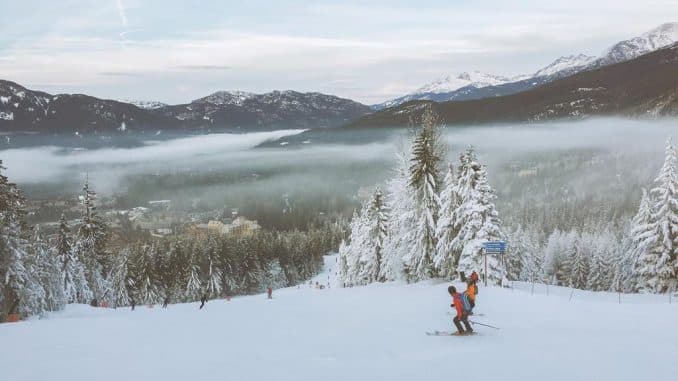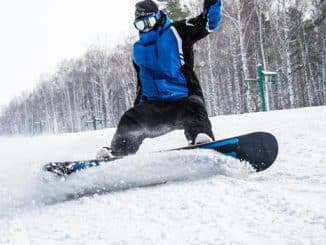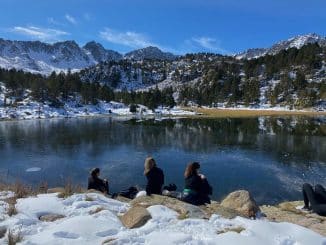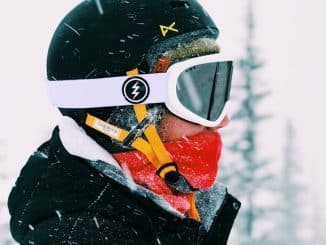
Planning your ski trip to Canada? Take a look at this guide first, it will give you an idea of what the ski resorts are like.
Whistler Blackcomb ski resort
Whistler Blackcomb has climbed the rankings to become one of the leading contenders for the title of “World’s Greatest Ski Resort.” Whistler is a true skier’s paradise, with world-class skiing, one of the best high-speed lift systems in the world, and a wide selection of après-ski options and facilities. The 8,171-acre ski area is one of the best in the world, featuring high-altitude snow bowls as well as more mellow tree-lined slopes down to the resort, attracting skiers of all abilities.
Afternoon skiing
Let’s say you’re in the mood for waffles, or succulent steaks. In that case, the resort’s food is influenced by a genuinely unique blend of worldwide influences, and the resort’s dynamic, diverse après-ski options will keep you delighted after a day on the slopes! Whistler is the most popular foreign ski resort in Japan and is routinely voted “Best North American Ski Resort” by North Americans. Canada offers some of the world’s top ski resorts. New to skiing? Read 10 questions most asked by non-skiers.
The Winter Olympics are held every four years
Whistler was established on the ambition of British Columbia to host the Winter Olympics. In 1968, a group of businesspeople from Vancouver filed a bid to be Canada’s Winter Olympic nominee, with Whistler Mountain as their location. The idea was rejected, building on the new ski facility began in early 2003. In 2010 the Olympic and Paralympic Games was held here.
Big White is a ski resort in British Columbia
Locals call Big White, British Columbia’s highest (and second-largest) resort, the “Friendly Giant.” Big White has quietly grown in size and notoriety, attracting discerning skiers and snowboarders from all over the world, despite being somewhat overshadowed in terms of size and international popularity by its famous neighbour Whistler. Its dual-track strategy of delivering high-end amenities while still offering a cult-like terrain mix is reminiscent of Crested Butte, Colorado, close to Aspen.
Snowfall in plenty
A significant natural advantage is the abundant powder snowfall, which averages more than 7.5 metres (24 feet) each year. Because this snow is supposed to fall daily throughout the season rather than in massive one-time dumps, the two-thirds of the monitored area kept ungroomed gets fresh powder more frequently than others. Only a quarter of the terrain is graded advanced; Big White’s reputation among advanced skiers and snowboarders is enhanced by this feature. Snow ghosts, a common sight in Japanese resorts but less so elsewhere globally, are another result of significant snowfalls.
Sun Peaks is a ski resort
Sun Peaks has quickly risen to become one of Canada’s and the world’s most popular ski resorts in the last ten years. With over 4,000 acres of slopes, this is now Canada’s third-largest ski resort. The resort’s reputation has been built on a combination of first-class service, cutting-edge amenities at the mountain base, and outstanding skiing across a three-mountain ski area. In a typical winter, the site receives an average of 6 metres (220 inches) of light dry powder and 2000 hours of sunshine. The resort is very new, and all of the lodgings are located on the slopes.
Investing in the region
Sun Peaks’ third mountain (Mt. Morrissey) has added more than 500 acres of skiable terrain, bringing the total skiable area to around 4,270 acres, second only to Whistler in British Columbia. The continued investment is part of a master plan that includes five skiable mountains, a full-service resort community, cutting-edge resort technology, as well as a diverse list of year-round leisure, educational, and entertainment options.



